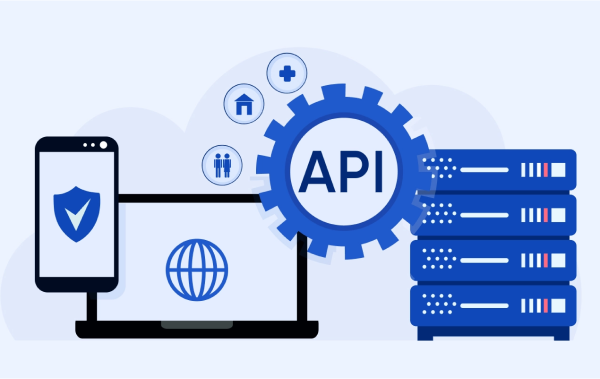-
Our Platform
Initial Product Configuration
Builder Toolkit
Low-code toolkit for initial product configuration.
Implementation Services
Solartis professional services for your initial implementation.
Requirements Analysis
Our methodology for defining your initial product requirements.
Implementation Methodology
Our implementation methodology for initially configuring your product.
Ecosystem / Integrations
Check out our growing list of ecosystem and integration partners.
In Production and Ongoing Maintenance
Self-Service Builder Toolkit
Self-service low code toolkit for insurance product maintenance.
Report
Solartis reporting and analysis tools and options.
Explore
Book of business level “what if” analysis and bulk policy changes.
Monitor
Full system monitoring services and tools (24/7).
Solartis Customer Delivery
Transaction professional (BPO) services.
- Resources
- About Us
- Contact Us
Search





